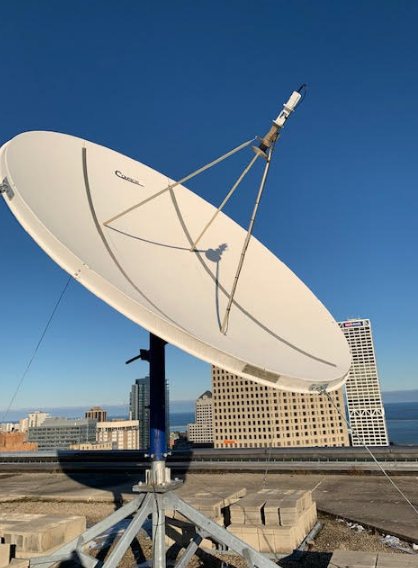To achieve complete coverage with a minimum s-band antenna gain of -7 dBi, a straightforward configuration utilizing dual circularly polarized microstrip patch antennas was employed. The configuration involved the implementation of a wide bandwidth, dual circularly polarized truncated corner microstrip antenna, which was complemented by two parasitic patches. To enhance the cross polarization bandwidth, diagonally embedded holes and slots were strategically incorporated into the design of the parasitic patches.
Before implementation, the antennas underwent a series of simulations and optimizations to ensure their optimal performance. Following the design phase, the antennas were mounted onto a nano satellite and tested within an anechoic chamber.
Through this configuration, the antennas were able to provide omnidirectional coverage on-board the satellite. Despite the minimum antenna gain of -7 dBi, the complete coverage objective was accomplished. This was made possible by the utilization of dual circularly polarized microstrip patch antennas and the inclusion of diagonally embedded holes and slots on the parasitic patches, which significantly improved the cross polarization bandwidth.






